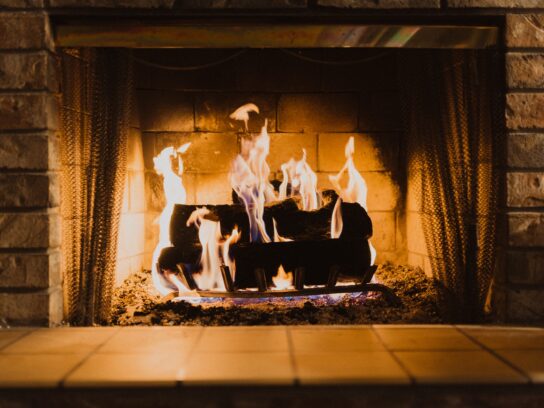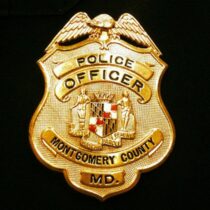
As the temperature begins to dip and more and more residents heat their homes from their fireplaces, the Montgomery County Fire and Rescue Service (MCFRS) wants to keep homeowners up-to-date on how to have a fire safely.
In its “Fireplace Safety 101” guide, Community Risk Reduction Section manager Beth Nesselt laid out nine tips to keep those with a fireplace safe during the colder months.
Let's PREVENT CHIMNEY FIRES… Has your chimney & heat system been inspected & cleaned? Heating season is here @MontgomeryCoMD Many area residents may be using their fireplaces more often & @mcfrs has a Fireplace Safety 101 lesson to stay warm safely SEE: https://t.co/gvBal40f1Z pic.twitter.com/F8gLMoT3LQ
— Pete Piringer (@mcfrsPIO) October 30, 2023
In the guide, Nesselt and the MCFRS want residents to keep the following tips in mind:
Have your chimney inspected and cleaned at least once a year by a chimney professional. A chimney professional will make sure your chimney is structurally sound and will remove creosote buildup and any other debris (such as animal nests).
Cool your ashes and then can your ashes. Embers from fires can retain heat and reignite for days after the original fire.
Only burn dried-out wood – cardboard, trash, or other objects can burn very quickly and the flames can get out of control. Never dispose of a Christmas tree in your fireplace.
Never use flammable liquids.
Keep your fireplace doors open or cracked when burning a fire, as a restricted air supply can cause creosote buildup.
Stay on the lookout for signs of chimney fires. Indications of chimney fires include dense smoke and a loud rumbling noise (often compared to a freight train). If you think you have a chimney fire, get everyone safely out of your home and call 911. Never attempt to fight the fire yourself.
It is important to note that some chimney fires are slow-burning and may not make loud noises or have lots of smoke. These can cause damage to your home as well as weaken the structure of your chimney.
Make sure your smoke and carbon monoxide alarms are working. Carbon monoxide is known as the “silent killer”.
Chimney fires often lead to house fires. It’s important to follow safe fire-burning practices. Maintain your chimneys by having them inspected at least once per year.

